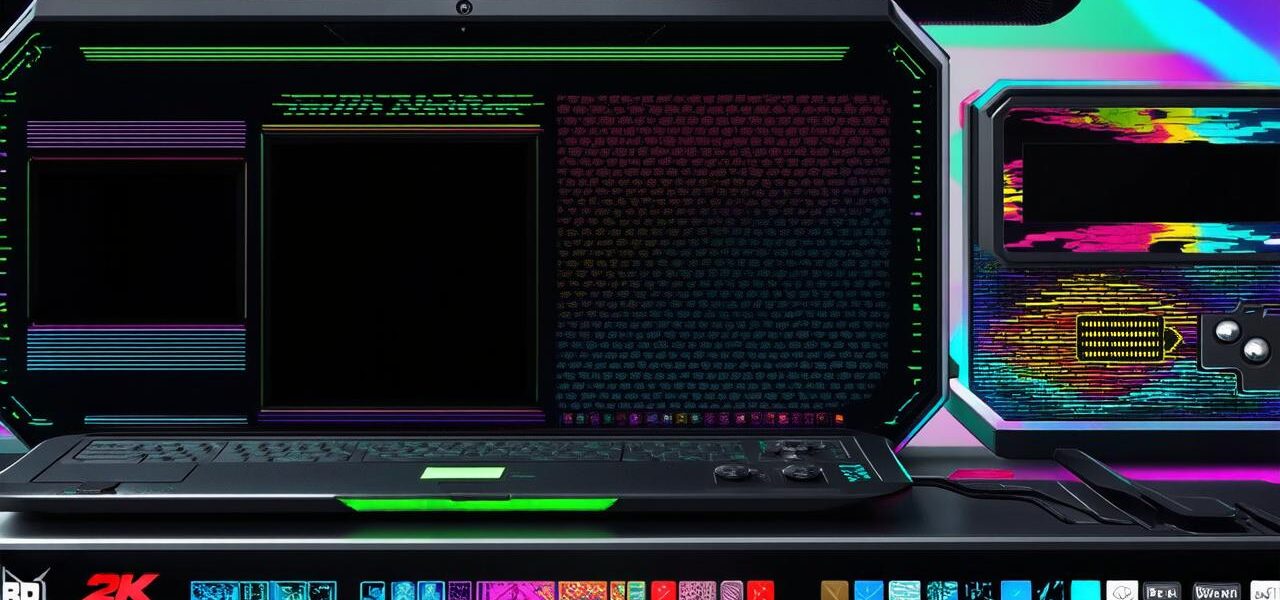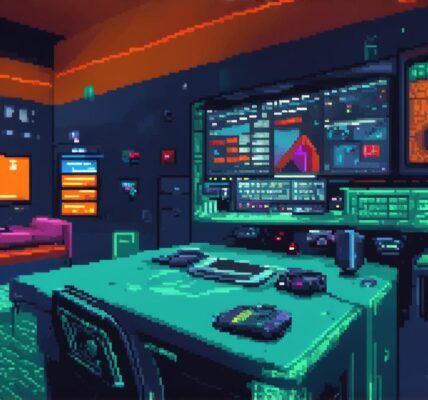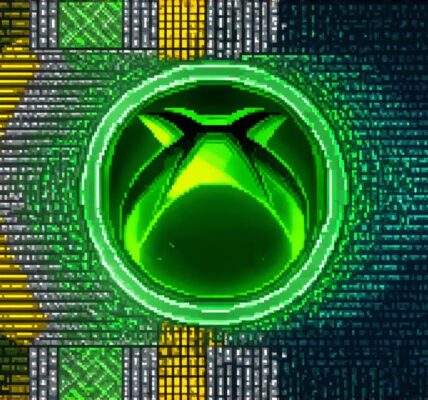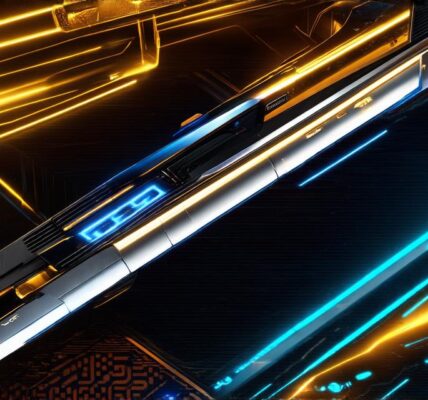The art of video game animation is a complex process that involves creating realistic characters, environments, and objects for digital games.
What is Video Game Animation?
Video game animation is the process of creating visual elements for a game, including characters, objects, and environments. The animation can be 2D or 3D, depending on the style and design of the game. In most cases, game animators use specialized software such as Maya, Blender, or Adobe Animate to create the animations.
Techniques Used in Video Game Animation:
There are several techniques used in video game animation to achieve realistic movements and actions. Some of these techniques include:
- Keyframe animation: This is a technique where animators create a series of poses or keyframes for a character, object, or environment. These keyframes define the starting point and end point of an animation, and the computer interpolates the movement between them to create smooth, fluid animations.
- Rigging: Rigging is the process of creating a digital skeleton for a character or object, allowing animators to control its movements and deformations. This involves creating a series of bones that represent the limbs, joints, and other parts of the character, and then assigning weights and constraints to them to ensure realistic movement.
- Motion capture: Motion capture is a technique where actors wear special suits or markers that track their movements in real-time, allowing animators to capture realistic animations for characters. This data can be used to animate characters with more accuracy and fluidity than traditional animation techniques.
- Texture mapping: Texture mapping is the process of applying 2D images to a 3D object, giving it a surface texture and appearance. This technique can be used to create detailed and realistic textures for characters, objects, and environments.
Best Practices for Video Game Animation:
To create engaging and immersive animated content, game animators should follow these best practices:
- Keep it simple: While video game animation can be complex and intricate, it’s important to keep the overall design and style of the game in mind. Animations that are too cluttered or difficult to understand can detract from the player experience.
- Use timing and pacing effectively: The timing and pacing of animations can greatly affect the flow of the game. Animations that are too fast or too slow can disrupt the player’s sense of immersion, making it important to use timing and pacing effectively.
- Create believable characters and environments: Characters and environments should feel realistic and believable, with movements and actions that match their physical attributes. This helps to create a more immersive experience for the player.
- Use lighting and shadows to enhance the scene: Lighting and shadows can greatly affect the mood and atmosphere of a scene. Animators should use these elements effectively to create scenes that feel dynamic and engaging.
- Optimize for performance: Video game animations should be optimized for performance, with minimal impact on frame rates and load times. This is important to ensure a smooth and enjoyable player experience.
Real-Life Examples of Exceptional Video Game Animation:
There are many examples of exceptional video game animation that showcase the techniques and best practices discussed in this article. Some notable examples include:
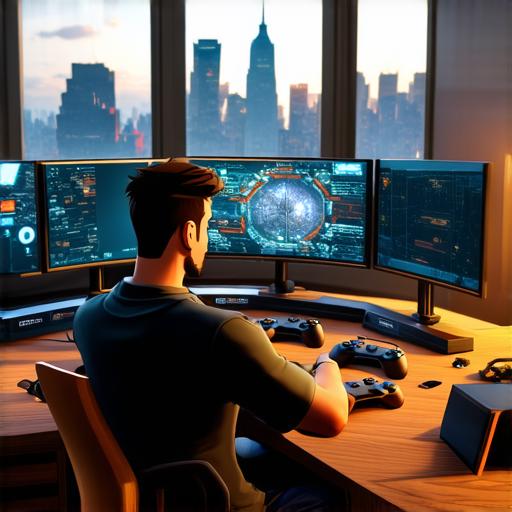
- Uncharted: The animations in Uncharted use motion capture data to create characters with incredibly realistic movements and facial expressions. The game’s cinematic sequences also use dynamic lighting and camera angles to create immersive and engaging environments.
- The Witcher 3: The animations in The Witcher 3 use a combination of traditional animation techniques and motion capture data to create characters with fluid and natural movements. The game’s open world also uses lighting and weather effects to create dynamic and believable environments.
- Red Dead Redemption 2: The animations in Red Dead Redemption 2 use motion capture data to create characters with incredibly realistic facial expressions and movements.
